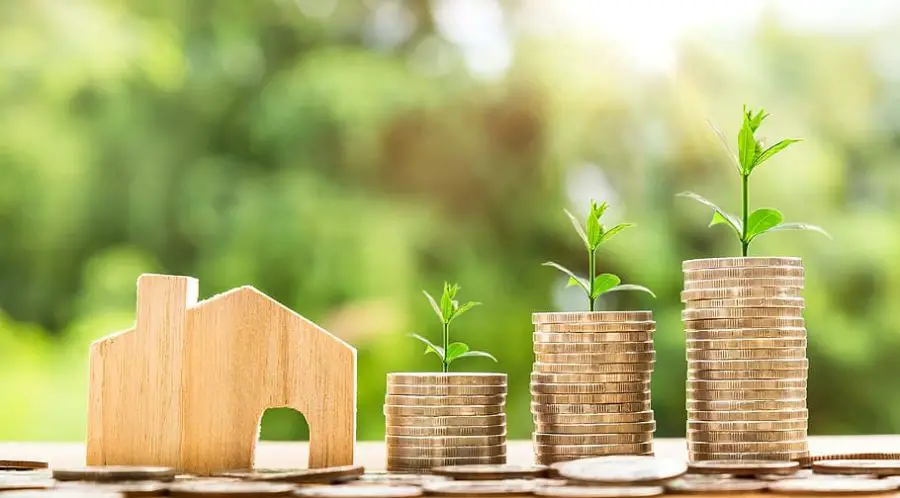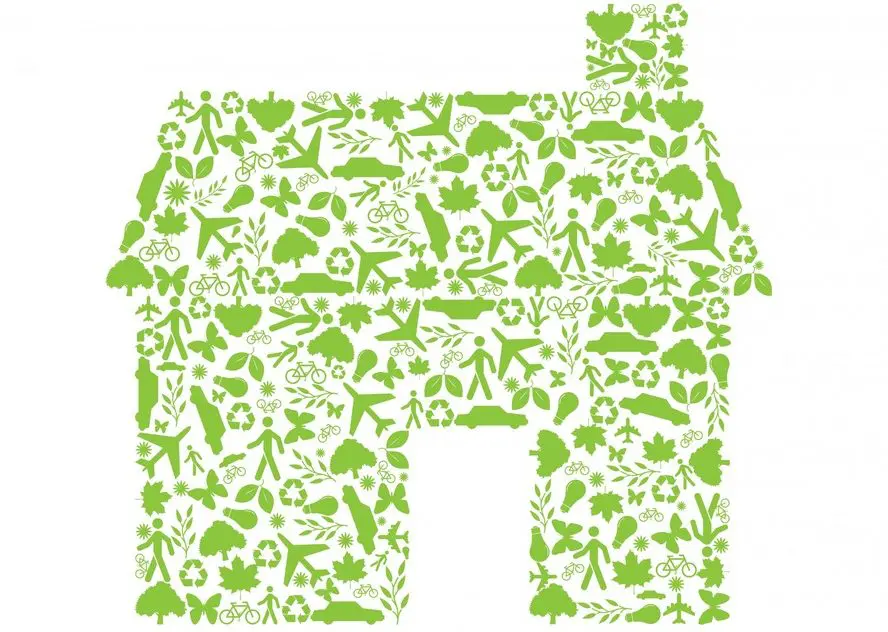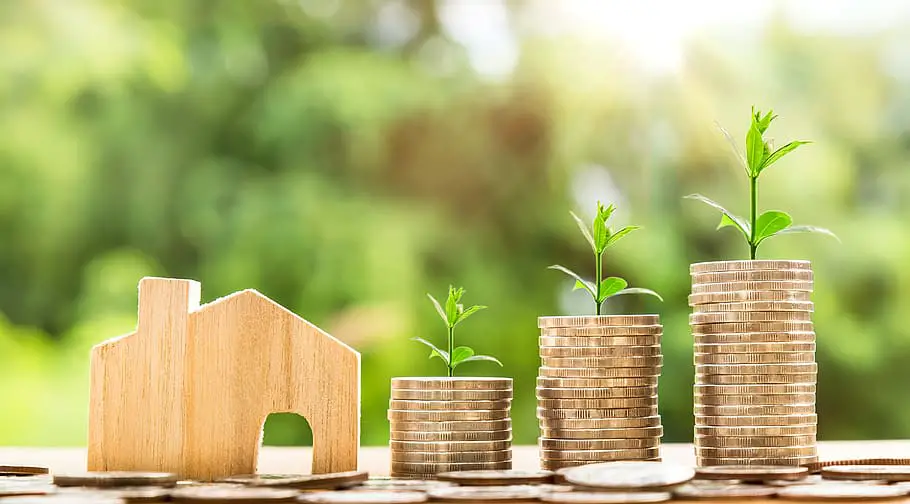
Looking to cut down on your energy bills and be more eco-friendly? Dive into our guide on energy saving tips for homeowners and start saving today!
Some energy-saving tips for homeowners are switching to LED light bulbs, sealing cracks and gaps for better insulation, using energy-efficient appliances, and setting optimal thermostat temperatures. These simple changes can significantly reduce energy consumption and lower utility bills.
Energy Saving Tips for Homeowners
Are you tired of sky-high utility bills and looking for ways to be a bit kinder to our planet? You’re in the right place! Our guide on energy saving tips for homeowners is packed with practical advice that will have you saving energy and money in no time.
In today’s world, energy efficiency isn’t just a buzzword; it’s a necessity. For homeowners, this means finding practical ways to reduce energy consumption, which not only helps the environment but also significantly lowers monthly utility bills.
1. Understanding Energy Efficiency
Understanding energy efficiency is the first step toward making impactful changes in your home. It’s not just about using less energy but using it wisely to perform everyday tasks.
Definition and Importance
Energy efficiency means utilizing less energy to accomplish the same tasks, thereby reducing waste and saving money. It’s a win-win situation for both homeowners and the environment.
How It Saves Money and Reduces Energy Waste
By becoming aware of how energy is used and where it’s wasted, you can make informed decisions that lead to substantial savings on utility bills and a reduced carbon footprint.
2. Lighting Choices
Lighting plays a crucial role in our homes, not just for visibility but also in terms of energy consumption. Making smart choices can lead to significant savings.
Switching to LEDs
LED bulbs are more energy-efficient and have a longer lifespan compared to traditional incandescent bulbs, making them a smart choice for homeowners.
The Inefficiency of Incandescent Bulbs
Incandescent bulbs produce more heat than light, making them highly inefficient. Switching to LEDs can reduce this waste and save money in the long run.
3. Laundry Tips
Laundry is a weekly chore for most families, but did you know that how you wash your clothes can impact your energy bills? Here’s how to make your laundry routine more energy-efficient.
Washing Clothes in Cold Water
Using cold water for laundry can significantly reduce energy consumption, as heating water accounts for a large portion of the energy used in washing machines.
Energy-Efficient Laundry Machines
Investing in energy-efficient washers and dryers can lead to long-term savings and is a smart choice for eco-conscious homeowners.
4. Home Insulation
Proper insulation is like wrapping your home in a warm blanket. It keeps the cold air out and the warm air in, making your home more energy-efficient.
Sealing Cracks and Gaps
Small cracks and gaps in your home can lead to significant heat loss. Sealing these can make a big difference in your energy bills.
Benefits of Proper Insulation
Well-insulated homes require less energy for heating and cooling, leading to lower utility bills and a more comfortable living environment.
5. Appliance Efficiency
Appliances make our lives easier, but they can also be energy hogs. Learning how to use them efficiently can lead to significant energy savings.
Cleaning and Replacing Filters
Dirty filters in appliances like air conditioners and furnaces make the systems work harder, consuming more energy.
Defrosting Refrigerators and Freezers
Regular defrosting ensures that your appliances run efficiently, reducing energy consumption and extending their lifespan.
6. Climate Control
Managing the climate inside your home is essential for comfort, but it can also be a significant energy drain. Here’s how to be smart about it.
Thermostat Settings
Setting your thermostat to optimal temperatures can lead to significant energy savings without compromising comfort.
Use of Ceiling Fans
Ceiling fans can help distribute air more evenly, allowing you to set the thermostat at a more energy-efficient setting.
7. Outdoor Lighting
Outdoor lighting can enhance the beauty of your home but can also be an energy drain. Making smart choices can help you enjoy the best of both worlds.
Using Photocells or Timers
Installing photocells or timers can ensure that your outdoor lights are only on when needed, reducing energy waste.
Importance of Natural Light
Utilizing natural light during the day can reduce the need for artificial lighting, saving energy and money.
8. Electronic Devices

We live in a digital age, and electronic devices are integral to our lives. However, they can consume a lot of energy if not managed properly.
Turning Off When Not in Use
Simple habits like turning off your computer or unplugging chargers can lead to energy savings.
Vampire Loads
Some devices consume energy even when turned off. Being aware of these “vampire loads” can help you manage your energy consumption better.
9. Windows and Doors
Windows and doors are more than just entryways; they are also potential sources of energy loss. Making them more energy-efficient can lead to significant savings.
Repairing and Weather-Stripping
Sealing gaps and repairing broken windows can prevent heat loss and reduce energy bills.
Energy-Efficient Windows
Investing in energy-efficient windows can offer long-term savings and make your home more comfortable.
10. Thermostat Management
A thermostat is like the brain of your home’s heating and cooling system. Using it wisely can lead to significant energy savings.
Programmable Thermostats
Installing a programmable thermostat allows you to set temperatures based on your daily routine, reducing energy waste.
Temperature Set Points
Setting upper and lower limits for your heating and cooling systems can prevent excessive energy use.
FAQs
Got questions? We’ve got answers! Our FAQ section is here to tackle some of the most commonly asked questions about energy saving tips for homeowners. Whether you’re wondering about the top ways to save energy or curious about what’s eating up your electricity, we’ve got you covered.
Q: What are the top 10 ways to save energy?
A: The top 10 ways to save energy are:
1. Switch to LED light bulbs
2. Seal cracks and gaps for better insulation
3. Use energy-efficient appliances
4. Set optimal thermostat temperatures
5. Turn off lights when not in use
6. Unplug devices that aren’t in use
7. Use cold water for laundry
8. Install a programmable thermostat
9. Use natural light during the day
10. Maintain your HVAC system regularly
Q: What are 5 energy-saving tips?
A: Here are 5 quick energy-saving tips:
• Switch to LED bulbs for better lighting efficiency
• Use cold water for laundry to save on heating costs
• Unplug devices when not in use to avoid vampire loads
• Set your thermostat to optimal temperatures for both comfort and efficiency
• Use natural light as much as possible to reduce the need for artificial lighting
Q: What uses the most electricity in a home?
A: The biggest electricity consumers in a home are typically the HVAC system, water heater, and large appliances like refrigerators and washing machines. Electronics like TVs and computers also contribute to electricity usage.
Q: How can I make my house use less electricity?
A: To make your house use less electricity, focus on improving insulation, using energy-efficient appliances, and being mindful of your daily habits like turning off lights and unplugging devices when not in use. Installing a programmable thermostat can also help manage energy usage more effectively.
Q: How much can I save by switching to LEDs?
A: Switching to LEDs can reduce your energy bills by up to 25%, depending on your usage.
Q: What is a vampire load?
A: A vampire load is the energy consumed by devices even when they are turned off. This can include chargers, TVs, and computers that are plugged in but not in use.
Q: How do programmable thermostats work?
A: Programmable thermostats allow you to set different temperatures for different times of the day, reducing energy waste. You can program it to lower the heat when you’re not home and raise it just before you return, optimizing comfort and efficiency.
Energy Saving Tips for Homeowners Conclusion
In summary, energy efficiency is not just a trend but a necessity for modern homeowners. By implementing these tips, you can enjoy a more comfortable home while also doing your part for the environment and your wallet. But the journey doesn’t end here; let’s delve into two more aspects that can further enhance your energy-saving endeavors.
The Long-Term Impact of Energy Efficiency
Adopting energy-saving practices is not just about immediate savings; it’s an investment in the future. Over time, these small changes can lead to substantial reductions in your carbon footprint, contributing to a healthier planet for future generations.
The Role of Renewable Energy Sources
While this guide focuses on energy-saving tips, it’s worth mentioning the role of renewable energy sources like solar and wind power. Incorporating these into your home can further reduce your reliance on fossil fuels and make your home a beacon of sustainability.
So, whether you’re a seasoned homeowner or just starting your journey, these energy-saving tips for homeowners offer a roadmap to a more sustainable and cost-effective lifestyle. Take the first step today and make a lasting impact!













